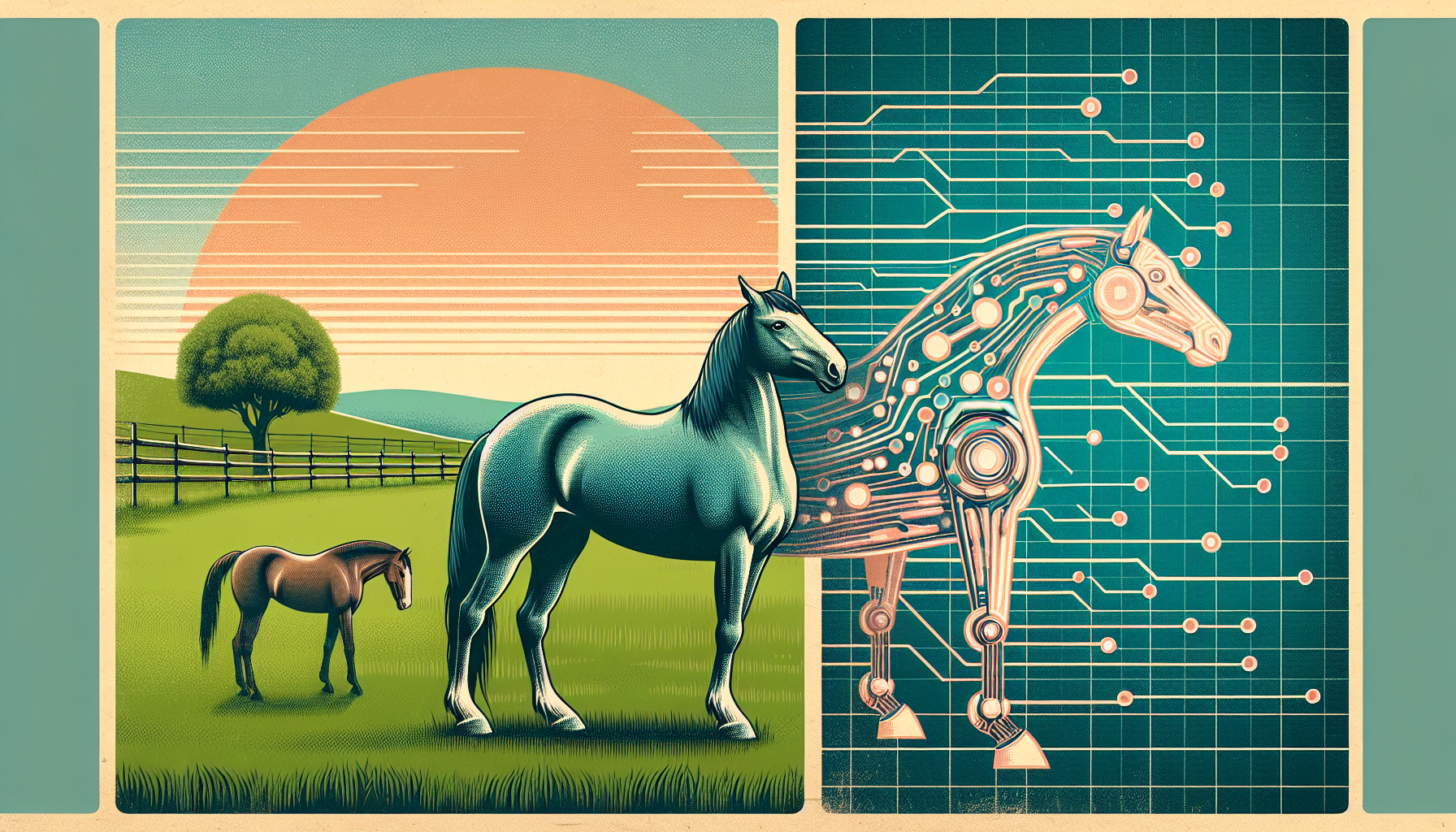For centuries, horses have stood by our side—not only in work and play, but also in healing. Today, their wisdom is guiding us into a new age of technology. Innovative research is looking closely at how horses help people in therapy, and using these lessons to design a new generation of emotionally intelligent robots.
The Healing Power of Horses
In Equine-Assisted Interventions (EAIs), people with mental health struggles like PTSD, trauma, and autism find comfort and growth through time spent with horses. What makes these sessions unique is that there’s very little talking. Instead, communication flows through gentle body language and subtle signals.
Horses are deeply sensitive to our emotions. They read our mood and, often, quietly mirror it. If a participant is anxious or unsettled, the horse might react by taking a step back, or by showing a shift in energy. This natural feedback encourages people to reflect on their own feelings and to adjust them. Over time, this process nurtures emotional awareness and helps build healthier ways to relate to others.
Barriers to Access
Despite their benefits, horse-assisted therapies are not easy for everyone to reach. The costs are high, with some centers spending hundreds of thousands of pounds each year to operate. Specialized training for both horses and human facilitators adds to the challenge. As a result, access is limited and only available in certain locations. Many who could benefit from this therapy find it out of reach.
Learning from Horses: Smarter Social Robots
Inspired by the connection between horses and humans, researchers at the University of Bristol are reimagining how robots might help us heal and grow. Rather than building robots that simply follow commands or imitate human emotions, they suggest a new model—one where robots act as active partners, just as horses do in therapy.
These “social robots” are being designed to recognize human emotions, respond in real-time, and even make choices of their own. If a user is upset or unsteady, the robot might gently withdraw or encourage a pause, rather than always seeking to comfort or entertain. This approach hopes to set the stage for deep, meaningful interaction, pushing us to grow just as horses do.
Principles from the Barn
Drawing from horse behavior, researchers outline four guiding principles for therapeutic robots:
- Productive Anxiety: Growth often begins with uncertainty. Like horses who sense our nerves in a first encounter, robots can use this tension as a foundation—a place where trust can form, and new skills can develop.
- Autonomy: Horses do not always comply; they have minds of their own. Social robots, too, should be able to resist engagement if our emotions are unbalanced, inviting us to self-regulate in the process.
- Dynamic Role-Switching: In therapy, the roles of leader and follower shift quietly between horse and human, depending on the moment. Robots should mirror this fluid dance, supporting users when needed and stepping back when it’s time to let go.
- Sophisticated Interpretation: Horses pick up on our smallest cues—a heartbeat pounding or a slight tension in posture. Social robots can be built to notice and interpret subtle signals, offering responses that feel truly understanding.
The Road Ahead
Some early examples of these ideas are already taking shape, such as Stewie, a robot designed for physical therapy that mimics the movements and responses of a horse. But the vision goes beyond imitation.
By following the gentle wisdom of horses, researchers hope to make therapeutic support more accessible and affordable for all. These new robots are not just machines, but companions capable of helping us better know ourselves—and each other. In translating the quiet, powerful lessons of horses into technology, we may find new paths to healing that were once out of reach, grounded in respect, trust, and emotional connection.

Leave a Reply